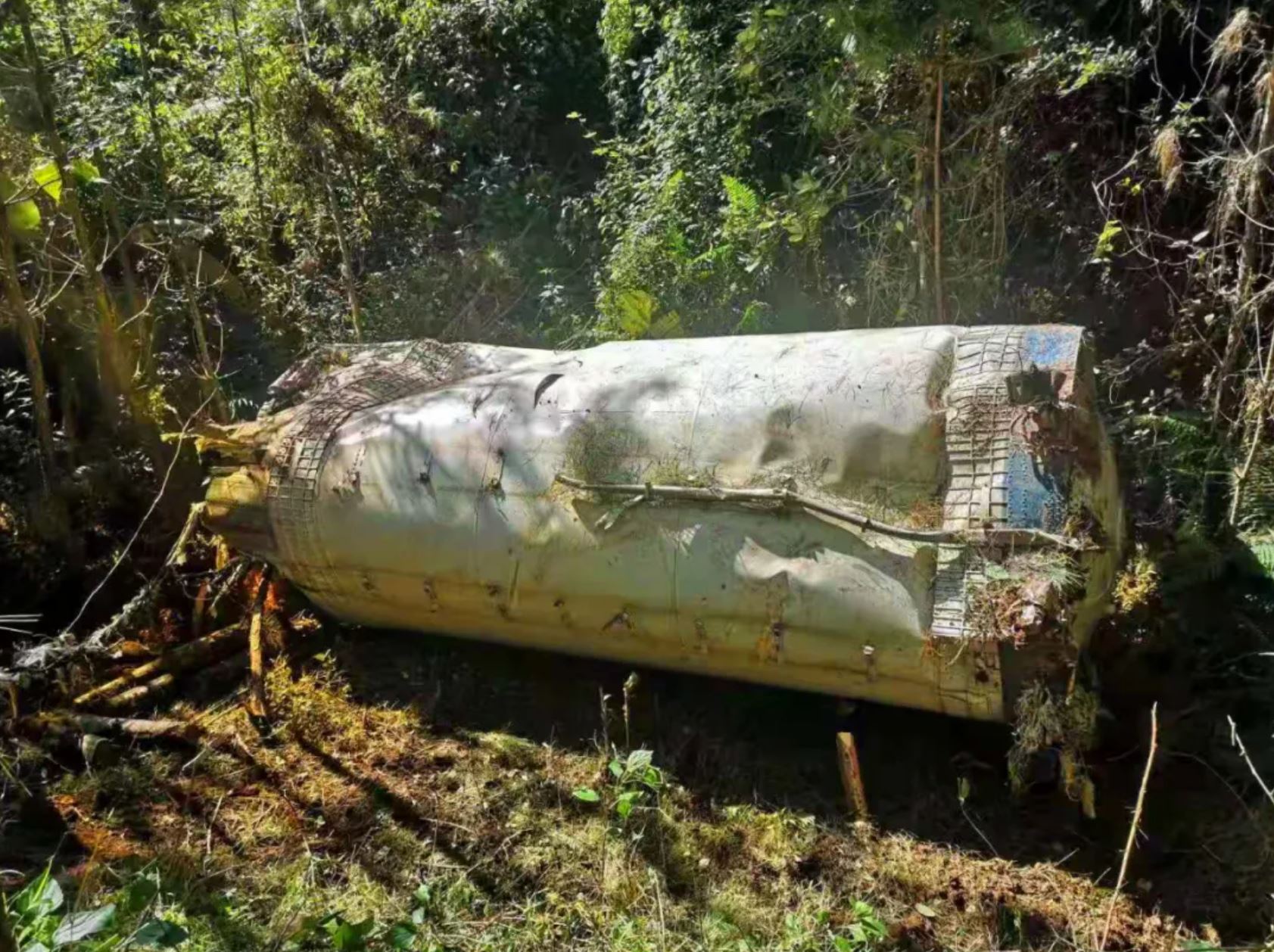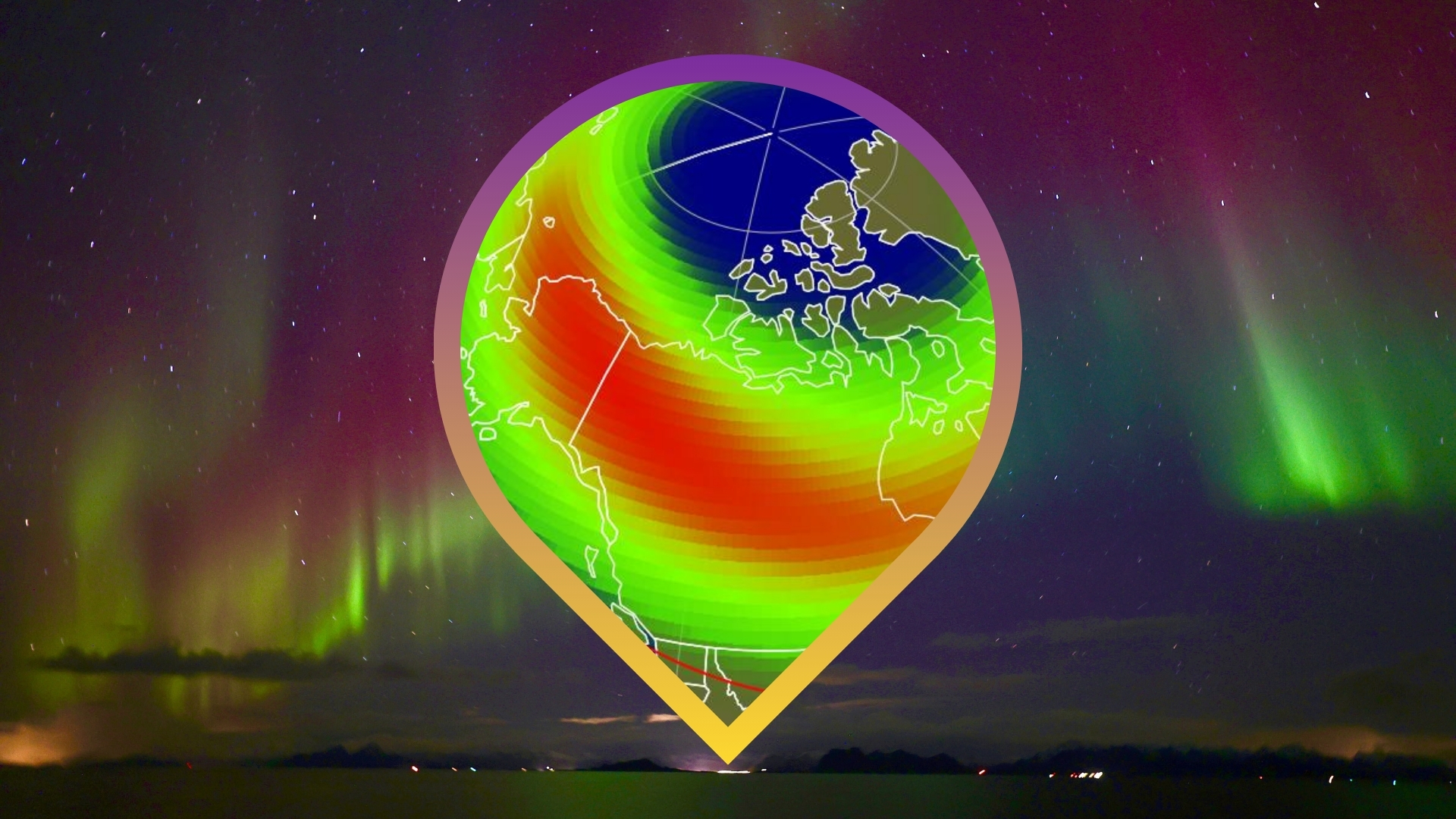China launches yet another high-resolution Earth observation satellite, drops rocket debris
China's 36th launch of a busy 2020 was not as routine as first thought.
As Chang’e 5 continues to make headlines for its exploits on and around the moon, China continues to launch rockets back on Earth.
The Gaofen-14 Earth observation satellite was successfully sent into orbit by a Long March 3B from the Xichang Satellite Launch Center in the hills of Sichuan province at 10:58 p.m. EST Dec. 5 (11:58 a.m. local time and 0358 GMT on Sunday, Dec. 6). The mission did drop some large pieces of debris back to Earth from the inland launch site.
Gaofen-14 (meaning "high resolution 14") will join other optical and radar remote sensing satellites as part of the China High-resolution Earth Observation System (CHEOS). The first, Gaofen-1, was launched in 2013 and has a suite of advanced, high-resolution, panchromatic and multispectral cameras. However, few details are known about Gaofen-14's capabilities.
Related: The latest news about China's space program
Chinese media described the spacecraft as an optical stereo mapping satellite that will be used to efficiently obtain high precision stereo images globally, draw large scale digital topographic maps, produce digital elevation models, digital surface models and digital orthophoto images and provide basic geographic information.
While apparently routine, the mission had some new aspects to it. The Long March 3B rocket usually sends satellites towards geostationary orbits, which have an altitude of 22,236 miles (35,786 kilometers).
Sunday’s launch, however, saw the Long March 3B send a satellite into a much lower orbit — sun-synchronous orbit (SSO), around 310 miles (500 km) up, for the first time.
Breaking space news, the latest updates on rocket launches, skywatching events and more!
By using a big rocket like the Long March 3B, it suggests the satellite is relatively heavy, with the rocket capable of sending 15,700 lb. (7,100 kg) to SSO. The launch also used an extended ‘G5’ payload fairing, which protects spacecraft during the flight through the atmosphere. The selected orbit also meant an unusual flight path and new operations on the ground.
As one of China’s three inland launch centers, launches from Xichang see spent rocket stages fall to the ground to the East and southeast, sometimes near inhabited areas, requiring safety measures to be implemented ahead of time.
For this launch, teams had to prepare and evacuate areas to the south in Yunnan province ahead of the mission. Pieces of the rocket and engines were later located and recovered in the expected areas with no damage or casualties reported. The rocket was also prepared to deal with greater high-altitude winds expected when launching to the south.
China has now carried out 36 launches so far in 2020, putting the country second behind the United States for launches this year (39) when including the 6 launches of Rocket Lab’s Electron rockets from New Zealand.
China led global launches in a calendar year for the first time in 2018, launching 39 times compared with 34 for the U.S. and 20 from Russia. China repeated this feat in 2019 and is still planning further launches this year.
Follow us on Twitter @Spacedotcom and on Facebook.

Andrew is a freelance space journalist with a focus on reporting on China's rapidly growing space sector. He began writing for Space.com in 2019 and writes for SpaceNews, IEEE Spectrum, National Geographic, Sky & Telescope, New Scientist and others. Andrew first caught the space bug when, as a youngster, he saw Voyager images of other worlds in our solar system for the first time. Away from space, Andrew enjoys trail running in the forests of Finland. You can follow him on Twitter @AJ_FI.



